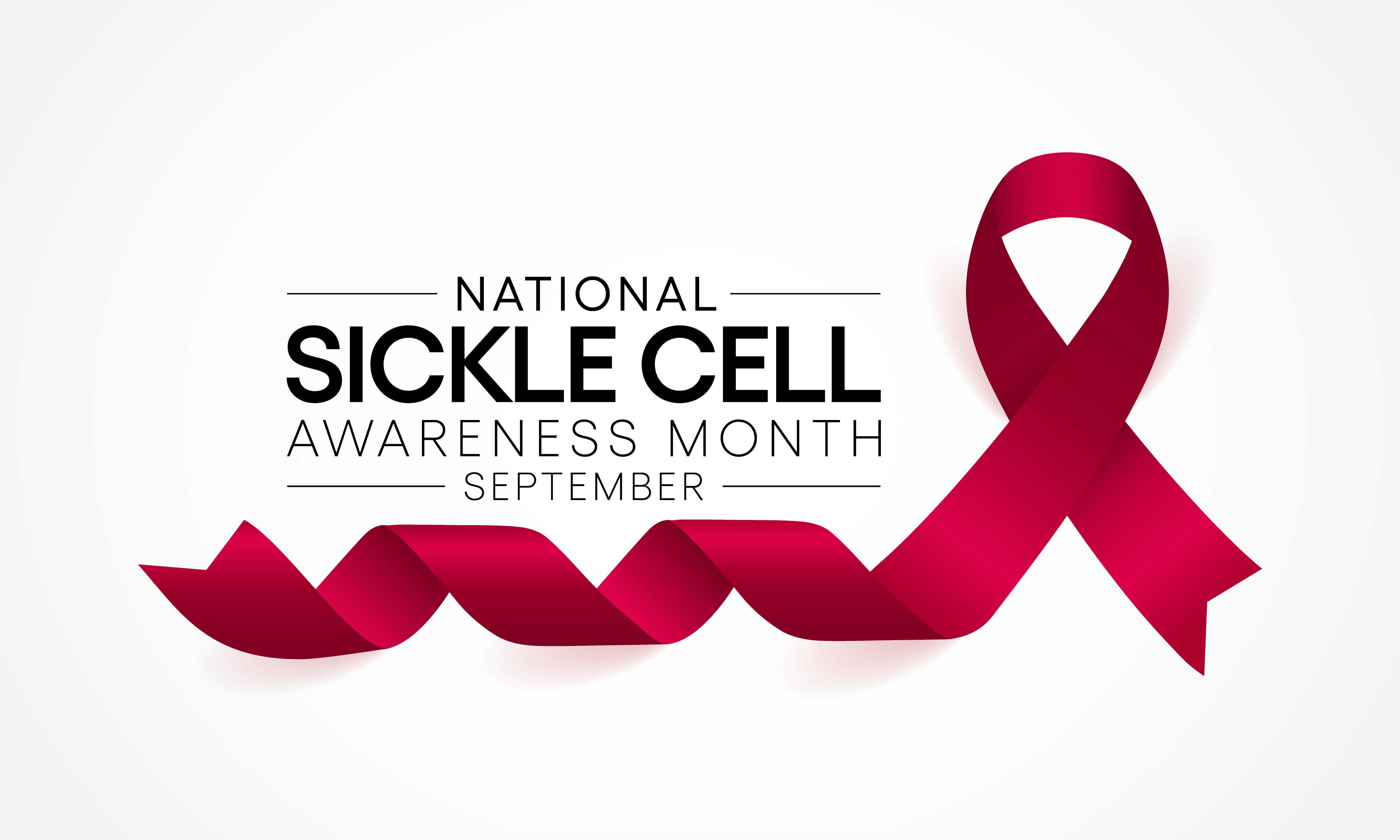By Kaitlin Strumph, DO, MS, Assistant Director, Pediatric Sickle Cell Program, Children's Hospital at Montefiore
Bronx Voice
September 12, 2023
NEW YORK - Imagine a disease that gives you sporadic and severe pain and damages your organs, all while remaining invisible to those around you. This is the reality for people who are living with Sickle Cell Disease (SCD).
SCD affects 100,000 people in the United States. Here in the Bronx, our Pediatric Sickle Cell Disease team at the Children’s Hospital at Montefiore (CHAM) cares for approximately 700 children with the disease. By educating our community about SCD, we hope that you will join us in the fight against it.
What is Sickle Cell Disease?
First, let's demystify SCD. SCD is a disorder that alters the shape of red blood cells, causing them to resemble a crescent or 'sickle' shape. Normal red blood cells are round and flexible and move easily throughout the body. Sickle-shaped cells break down easily, causing anemia – which means not having enough healthy red blood cells.
Sickle-shaped cells can also stick together, blocking the flow of oxygen to parts of the body. This can result in painful episodes, known as pain crises, as well as other complications such as stroke, yellow eyes, infection, lung and heart disease, kidney failure and a shorter life.
So why do the red blood cells have an abnormal shape? It is due to a genetic mutation that is inherited from your parents. Millions of people in the United States carry one sickle cell gene, which is known has having “sickle cell trait.” If you only get one sickle cell gene from a parent, then you don’t have the disease, but you can pass it along to your children. If you get the sickle cell gene from both parents, then you will have sickle cell disease. That’s why it is important for families to get tested and know their status.
Treatment Approach
At our pediatric Sickle Cell Clinic at CHAM, we take a comprehensive approach to care. Our team consists of experienced doctors, nurse practitioners, nurses, social workers, and therapists. The primary goal of treatment is to manage symptoms, prevent complications and improve overall quality of life. This is achieved through a combination of medications, diagnostic tools, and preventative and supportive therapies.
Hydroxyurea is a medication commonly used to reduce the frequency of pain and decrease the severity of symptoms. In many cases, blood transfusions are also used.
Infection prevention is an important component of care. Individuals with SCD have a weakened immune system, making them more susceptible to infections. Therefore routine vaccines against diseases like pneumonia and meningitis are so important - they offer a protective shield against potentially life-threatening infections.
In addition, all children ages 0-5 years are prescribed daily antibiotics to prevent infections. Prior to routine vaccinations and daily antibiotics, many children with SCD would die every year. Now, most children live into adulthood.
Another fundamental part of treatment is routine testing and clinic visits. We perform regular blood tests and physical examinations to monitor disease progression and adjust treatment plans as necessary.
The Future of SCD
Our patients at CHAM are actively involved in research. By participating in clinical trials and studies, they are contributing to the global effort to find more effective treatments and most importantly - a cure for all people with SCD.
In addition to offering cutting-edge care our team provides ongoing education to nurture hope, build resilience, and empower our young patients. Those in the community can help by participating in local blood donation drives, as blood is a life-saving tool for people with SCD. You can also improve awareness of the disease, advocate for policies that protect people with SCD and prevent discrimination, or volunteer to help your neighbors with SCD who often need to attend numerous medical appointments. Together, as a community, we can fight to bring an end to this challenging disease.









Comments
Post a Comment